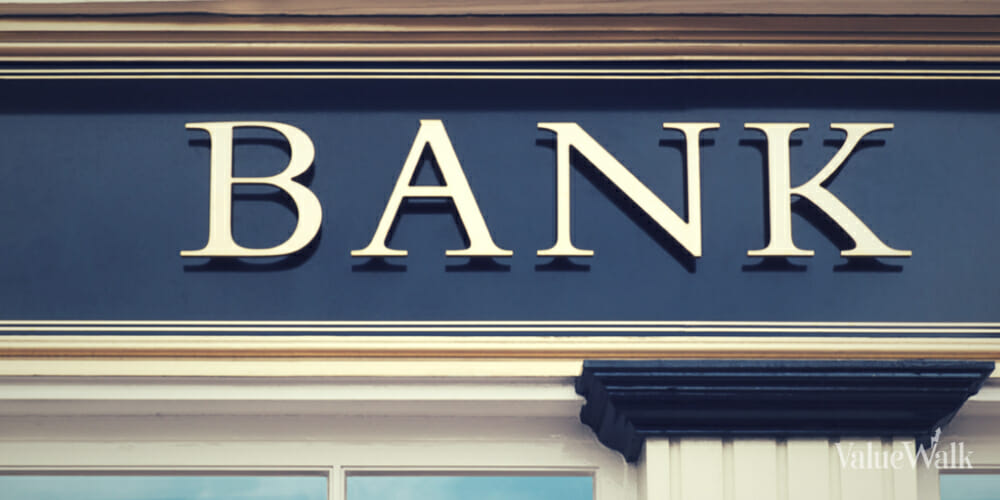The second step is to keep rolling over (a majority of) bad debt. This may be a necessary evil. If stalling credit growth caps the upside on economic growth, rolling bad debt should limit the downside, at least in the near term. The purpose is to avoid sparking a series of corporate bankruptcies, and economic growth can also do its part in deleveraging. Particularly in the case of infrastructure debt, keeping existing projects going can help manufacturers’ supply glut from going wider, and some projects, once completed, may eventually generate cash flow.
In addition, an improving global economy is likely to invite a return of export demand.
The third step is to start NPL disposals bit by bit. Many companies in China are probably unable to even support interest payments on their debt. If the financial system were to keep all of them alive, the percentage of financial resources that goes into the efficient part of the economy would only decline. This is essentially the lesson we can learn from Japan’s lost decades – the economy struggled to grow due to the large number of zombie companies in the system. Therefore, China needs to let bad projects fail and failing companies disappear to make space for efficient ones.
(Wei Yao & Claire Huang, “Asian Themes: Deflating China’s credit bubbles.” Societe Generale; September 19, 2013)
If President Xi Jinping, his Politburo comrades, and the People’s Bank of China can work together to slow credit growth, roll over the majority of bad debts, and gradually start disposing of the worst nonperforming loans, they may have a small, but not hopeless, chance of avoiding the difficult choice between a forceful deleveraging and footing the bill to backstop defaults and/or bank failures that could pile up toward 20% of GDP. That increasingly likely scenario would seriously disrupt real GDP growth along with China’s annual budget.
Trouble is, the People’s Bank of China has allowed some pretty wicked cash crunches over the past year. Some say it was an intentional move to discipline the shadow banking system. That scenario scares the hell out of me, because that kind of behavior suggests the Chinese are playing a dangerous game – and not just with their own economy. Interbank rates do not normally bounce from 2% to 12% in a healthy economy.
In the chart below from Bloomberg, it appears that fluctuations in FX flows may explain a lot of the easing and tightening happening in the interbank market. I suspect this is a clear sign that the PBoC may already be losing control.
For all practical purposes, with China’s corporate debt above 150% and total debt above 210%, history suggests that China’s Minsky Moment is quickly approaching. Investors should prepare for the inevitable demand shocks and fall in global growth regardless of the specific outcome. The Chinese government may have the assets to backstop a truly horrific crisis and maintain slow growth in the 2-3% range; but then again, Mark Hart may have the final word.
Four years on, the denouement has clearly taken longer to arrive than Mark expected, but he is still in the market with his Corriente China Opportunities Fund. And he is still betting big against the yuan, which continues to surprise and slide.
With so much of the market expecting one-way appreciation in the RMB/USD – despite a crescendo of warnings of currency volatility from the PBoC – such moves represent a big surprise and may simply be the first steps down.
China’s government finds itself on the exact opposite side of the carry trade now, and it appears they have a lot to gain by unwinding it – on the order of $200 billion for every 10% devaluation in the CNY/USD. It’s essentially a way to join the currency war and boost exports without appearing to circumvent the free market.
Contrary to what many onlookers believe, the People’s Bank of China and China’s top leadership are probably not willing and possibly not able to defend the currency while also supporting growth in a deleveraging economy. They will have to make a choice, and frankly, they already have an incentive to let the renminbi fall as they attempt to put the right reforms in place to support long-term growth – or face a deflationary nightmare in the uncomfortably near future.
Not many people realize that China has lost a great deal of competitiveness as its real effective exchange rate has risen in recent years.
Source: OECD
This is the same kind of dynamic that made Ireland, Spain, Greece, Italy, France, and others so uncompetitive relative to Germany in the easy-money years leading up to the euro crisis.
Source: JPMorgan, “Guide to the Markets”
After years of complaints from politicians around the world to let their currency float, the Chinese can allow just that to happen. A 10%, or 20%, or even 50% fall in the renminbi would take pressure off potential problems involving levered trade finance, boost China’s competitiveness, and pad government accounts at a critical time for China’s industrial transition. (Remember, the average currency devaluation in the Asian financial crisis of 1997-1998 was an even greater 60%.)
American, European, and Japanese politicians will have a hard time making the case for a downward-trending RMB as long as it floats freely. And honestly, the flip side will be difficult to defend. Although many economists believe that China’s abundant reserves, near 50% of GDP, will be enough to stem the tide in the event of capital flight, I don’t believe they are looking at the right data. In light of clearly wasted spending and widespread capital misallocation, GDP is artificially inflated … not to mention that a substantial portion of Chinese reserves may have already been locked up in loans to foreign borrowers.
M2 is a far better proxy for the capital that can rush out of an economy without warning … and Chinese M2 is now nearly twice the size of GDP. Since outstanding reserves cover less than 35% of M2, capital outflows place more pressure on the currency than most people realize. I wholeheartedly believe the renminbi will fall further over time, albeit with some





